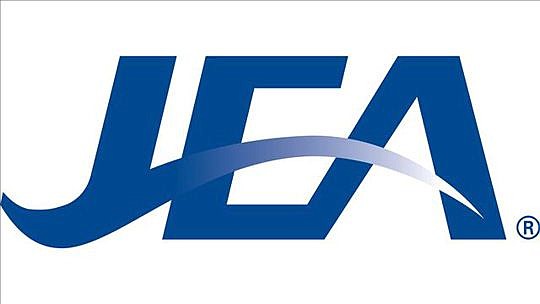
A pilot program for a new way to bill residential customers for electricity will be considered today by JEA’s board of directors.
SmartSavings would allow customers to control their monthly bill by reducing usage during peak periods of demand and by limiting the amount of electricity they use at a given time.
According to promotional materials available at jea.com, peak periods vary depending on the time of year.
April-October peak demand occurs noon-7 p.m. Monday-Friday; November-March is 6-9 a.m. Monday-Friday.
In addition to deciding when to use electricity in general, JEA also recommends customers change when they use appliances that require the most electricity.
In a typical all-electric home, the central heating and air system can account for up to 40 percent of electric usage. The water heater is nearly 20 percent of the total bill, a clothes dryer nearly 9 percent and a refrigerator or freezer, 8 percent.
By avoiding using a dryer when the heating and cooling system is operating, the household’s peak usage is lower, which would result in a lower cost per kilowatt-hour for electricity.
Customers who enroll in the program could pay less on an annual basis for the electricity they use.
There would be two rate categories and charges on the SmartSavings bill each month: Electricity used during peak hours would be billed at $4.90 per kilowatt-hour while usage during off-peak hours would be $3.75 per kilowatt-hour.
For JEA, having customers use electricity when demand is not at the maximum level can preclude the necessity to build more generating capacity, which would result in more debt for the utility and/or higher rates for customers.
The pilot program would be conducted in two phases.
The first, which could begin as early as April, would involve up to 150 participants comprising JEA employees who volunteer and customers who want to be the first to try the new rate plan.
That phase will be focused on evaluating the customer experience and ways to market the program to the customer base.
In Phase 2, up to 2,000 customers will be chosen to statistically represent the entire customer base in terms of location, household income and usage patterns.
Focus for that phase, projected to begin in January 2018, would be on collecting data regarding usage patterns and how participation in the program affects JEA’s electric generation demand.
Demand rate billing isn’t a revolutionary concept in the utility industry.
The Sierra Club’s board of directors in May 1977 voted in favor of charging more for electricity used during peak demand periods as a way to encourage people to manage their usage and therefore reduce pollution associated with power generation.
In California, Pacific Gas & Electric Co. made its SmartRate program available in 2008.
It’s based on “Smart Days,” when the utility predicts higher than average demand on consumption and notifies customers enrolled in the program they can pay less for electricity if they reduce their usage during the peak demand period.
According to a case study published in 2013, there were 8,000 initial enrollees in 2008 and more than 100,000 customers in the program by September 2013.
The study was funded by the U.S. Department of Energy, Office of Electricity Delivery and Energy Reliability.
One of the elements of PG&E’s introduction of the demand rate option was to offer customers a guarantee that if enrolling in the program resulted in higher monthly electric bills than the previous year, the utility would refund the additional cost.
Precisely how JEA will implement the proposed rate structure remains to be seen.
The first step toward making the plan available to customers is today when the board will be asked to schedule a public hearing at its meeting on Feb. 21.
(904) 356-2466